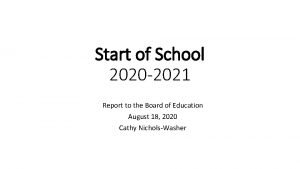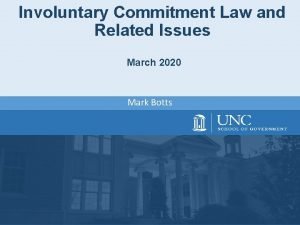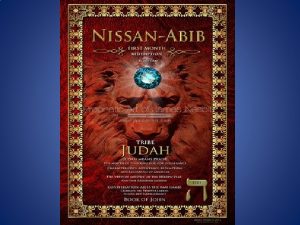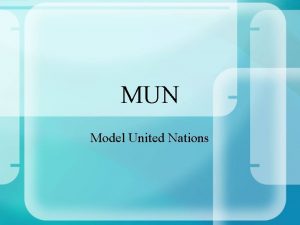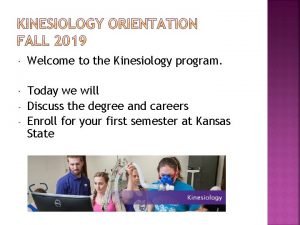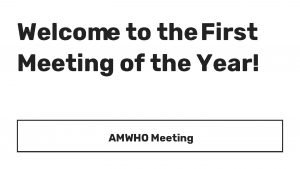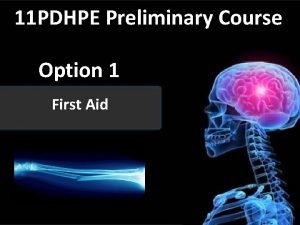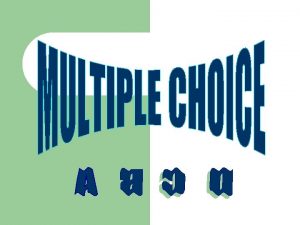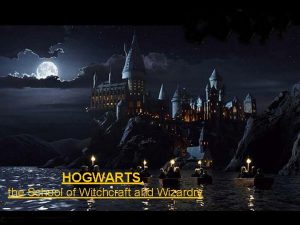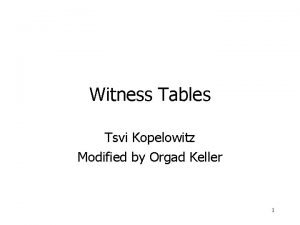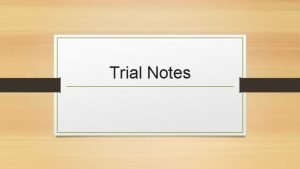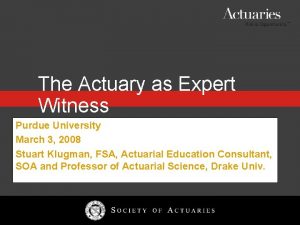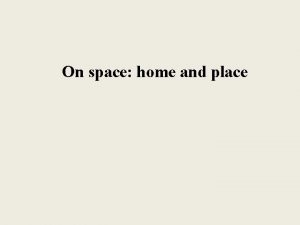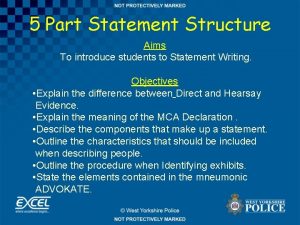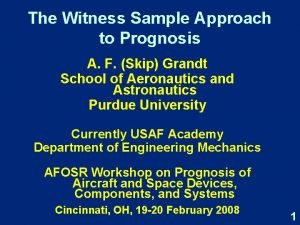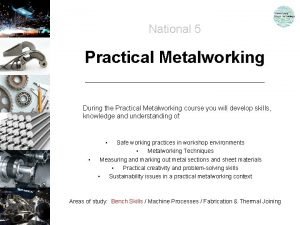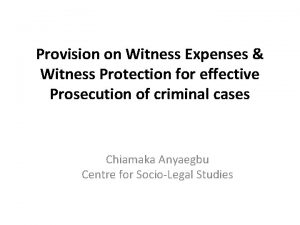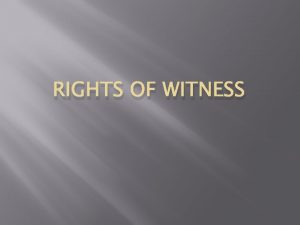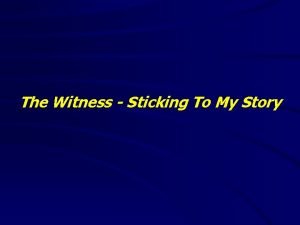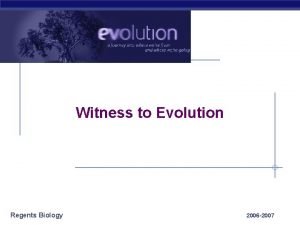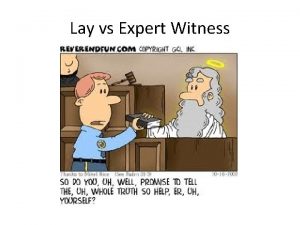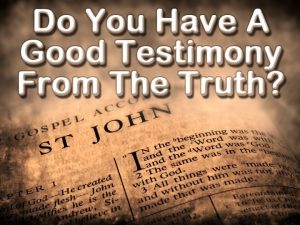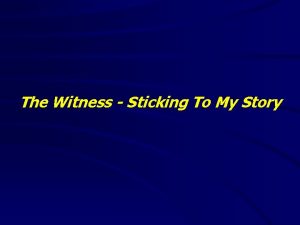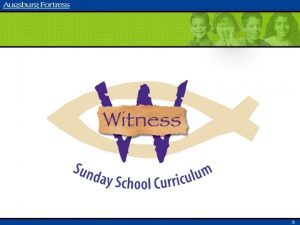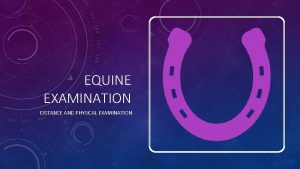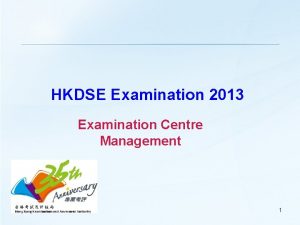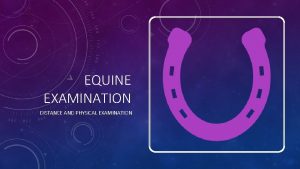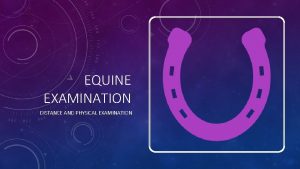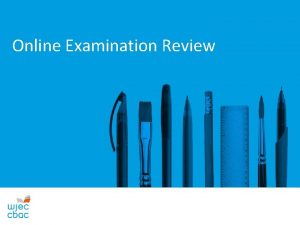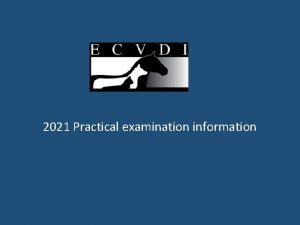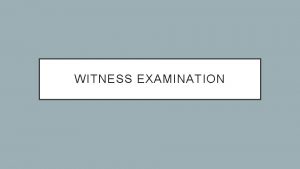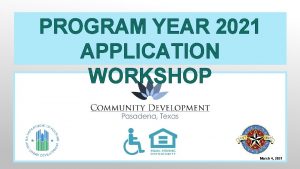WITNESS EXAMINATION WORKSHOP 2021 First Year Witness Examination


























- Slides: 26

WITNESS EXAMINATION WORKSHOP |2021 First Year Witness Examination Open Witness Examination

Acknowledgement of Country

First Year Witness Examination Malaika Khattak & Tulsi Kavar firstyearwitness@mulss. c om ROUND 1 Week 3 ROUND 2 Week 5 Round robin/non-knockout ROUND 3 Week 7 ROUND 4 Week 10 Top 16 teams’ entry dependent on cumulative scores from R 1 - R 3 SEMESTER 2 QUARTER FINALS Top 8 teams’ entry dependent on cumulative scores from R 1 - R 4 SEMI-FINALS GRAND FINAL Session 1: 6. 30 pm-7. 45 pm Session 1: 7. 45 pm-9. 00 pm Wednesday/Thursday

Open Witness Examination John Hajek & Lauren Arthur witnessexamination@mulss. c om ROUND 1 Week 4 ROUND 2 Week 6 ROUND 3 Round robin/non-knockout Week 8 ROUND 4 Week 10 SEMESTER 2 QUARTER FINALS SEMI-FINALS Top 8 teams’ entry dependent on wins/cumulative scores from R 1 - R 4 GRAND FINAL Session 1: 6. 30 pm-7. 45 pm Session 1: 7. 45 pm-9. 00 pm Monday/Tuesday

PRE-COMPETITION PREPARATION ➢ Team Expectations +Availability ➢ Meeting Time + Place for Preparation ○ Zoom/Whiteboard/Google Hangout etc. ➢ 10 Commandments of Cross Examination ○ https: //www. youtube. com/watch? v=d. BP 2 if 0 l-a 8 ➢ Read the Guidebook and Judging Guidelines carefully

PROBLEM STRUCTURE ➢ The Defence will be charged with an offence ○ Eg. Dr Devon Pravesh is charged with manslaughter under s 5 of the Crimes Act 1958 (Vic) ➢ Prosecution Witness Statement ○ The Prosecution uses this statement to create their Examination in Chief ○ The Defence uses this statement to create their Cross Examination ➢ Defence Witness Statement ○ The Defence uses this statement to create their Examination in Chief ○ The Prosecution uses this statement to create their Cross Examination

TRIAL SCHEDULE 15 secs Appearances Opening Statements 2 mins 10 mins Prosecution Examination in Chief Defence Cross Examination 11/12 mins 10 mins Prosecution Cross Examination Defence Examination in Chief 11/12 mins 4 mins Closing Statements

RELEASE PROBLEM ➢ Emailed to you 48 hrs prior to your competition time ○ Eg. Comp time : Wednesday 6. 30 pm Problem Released: Monday 6. 30 pm ➢ Print it out (if possible) ➢ Read it (multiple times) ➢ Take notes (separately)

WORK ON PROBLEM ➢ What you need to prove/establish ○ Case Theory ○ Reasonable Doubt ➢ What you need to argue in Closing ○ 2 -3 arguments ○ Concisely back your argument with evidence extracted during testimony

CASE THEORY Argument 2 Lorem Ipsum 1 Argument Evidence A Lorem Ipsum Evidence B Lorem Ipsum Evidence C Evidence D (maybe) Argument 3 Evidence E

START WRITING ➢ IMPORTANT: Agree upon your Case Theory ➢ Write Opening ○ Defence v Prosecution Openings ➢ Prepare Cross Examination ➢ Prepare Examination in Chief ➢ Write Closing ○ Keep this flexible - your Closing may change depending on what evidence is elicited during oral testimony

OPENING STRUCTURE: PROSECUTION ➢ Introduce Defendant (and your Witness) + Legal Charge ➢ Overview of Commonly Accepted Facts ➢ Set out Key Issues in Trial ➢ Prosecution Allegations (CASE THEORY) -> VERY BRIEF ○ Not evidence or argument ➢ Closing Sentence ○ ‘’. . . I am confident that the testimony in this trial will confirm those allegations, and establish that the defendant is guilty beyond any reasonable doubt’’ ➢ The Burden of Proof is on The Prosecution

OPENING STRUCTURE: DEFENCE ➢ Confirm Commonly Accepted Facts ➢ Define Key ‘Issues’ ○ eg/ indicate what you will argue in closing ○ eg/ anticipate which issues provide the most reasonable doubt ➢ The Burden of Proof is not on The Defence ○ Don’t try to provide ‘alternative narratives ’, simply cast doubt upon The Prosecution’s narrative

CROSS EXAMINATION ➢ What evidence do you need from the opposition witness to support your CASE THEORY? ○ Cross Examination aims to extraction this information orally from the opposition witness ➢ Only ask Leading Questions ○ Never ask for more than what you need - this may work against you ➢ Establish your arguments for Closing ○ Extract the evidence needed to support said arguments, during Cross Examination ➢ Structure + Signpost ○ Refer to specific paragraphs in the Witness Statement if necessary ➢ Aim to discredit the opposition witness via inconsistencies in the testimony ➢ Rule in Browne v Dunn

EXAMPLE: Cross Examination “Preliminary Matters” ➢ When you made this witness statement you were doing your best to tell the truth? ➢ You were also trying to tell the whole truth? ➢ You did your best to record every important thing that you saw or heard in relation to ➢ these events? ➢ You didn't deliberately leave anything important out? ➢ I presume you’ve read through the statement recently and it’s still true and accurate? “Test Centre Meeting” ➢ I’m going to ask you some questions about the test centre meeting. You claim that when you met M Dirk he said “you better pass me ”, correct? (para 5) ➢ You thought that was aggressive, didn’t you? (para 5) ➢ And you say he smelled of alcohol? (para 6) ➢ But you didn’t ask him about why he smelled of alcohol, did you? ? ➢ And you concluded he was “probably an alcoholic and drug user ”, correct? (para 6)

EXAMINATION IN CHIEF ➢ What evidence do you need from your own witness to support your CASE THEORY? ○ Examination in Chief aims to extract what is relevant from your own Witness Statement ➢ Never ask Leading Questions ○ Try not to ask “So…. . What happened next? ’’ ➢ Keep it conversational ○ Write out your questions and answers and ensure you have both ‘learnt your script’ ➢ The witness must memorise their answers - they are not allowed to refer to a script during questioning

EXAMPLE: Examination in Chief ➢ What were you doing at 11 am on that Wednesday? Serving an elderly male customer ➢ Could you describe that customer’s transaction for the Court? Wanted foreign currency for a trip; taking quite a bit of time; making me wait ➢ How long did that transaction take? Can’t remember exactly, but it was taking ‘some time’ ➢ What did you do while you were waiting? I looked to see who were the next customers ➢ And can you describe what you saw? Wasn’t paying that much attention but I noticed the next man in line looked vaguely familiar. ➢ Can you describe for the Court what he looked like? mid 30 s… quite handsome… clean shaven… tanned… smart, dark clothing… well groomed ➢ What happened with the elderly man’s transaction? Concluded — stepped to the side from the counter — putting cash in draw

CLOSING STRUCTURE ➢ Introduction ○ Roadmap of arguments TIPS ➢ ➢ ➢ Argument 1 ○ Evidence from the trial ➢ ➢ Argument 2 ○ ➢ Evidence from the trial Argument 3 (if necessary) ○ Evidence from the trial ➢ Case Theory/Summation ➢ Keep the narrative-like structure Don’t include any evidence that wasn’t elicited during Examination in Chief or Cross Examination! Strictly speaking, you should only make arguments from evidence that you put to the opposition in cross examination (Browne v Dunn rule). Keep track of time! ○ It is very easy to get carried away during Closing and run overtime, you will be penalised if you do so

OBJECTIONS ➢ Leading Question ➢ Opinion ➢ Hearsay ○ Hearsay Exceptions ➢ Irrelevance ➢ Prejudicial ➢ First Year Witness Examination ○ Objections are scored but marks are not deducted if incorrect ○ Object where possible as it is good practice and can throw opposing counsel off their game ➢ Open Witness Examination ○ Objections are scored but marks are not deducted if incorrect

Objections: Leading Question ➢ Unlike other objections, only applicable during Examination-in. Chief. ➢ Leading questions are permitted during Cross Examination. ➢ Ask yourself: is this question putting words in the witness’s mouth? ➢ Example - Leading Question: ○ You arrived at the restaurant at 8: 00 pm that night, didn’t you? ➢ Example - Non-Leading Question: ○ What time did you arrive at the restaurant that night?

Objections: Opinion ➢ Essential question: is this something on which the witness is qualified to give evidence? ➢ Unless they are expert witnesses, witnesses can only give evidence on what they directly perceived (e. g. saw, heard, felt). ➢ Think about: does this question call upon the witness to speculate, draw a conclusion or express a view that would require expertise in a specific field? ➢ Exceptions?

Objections: Hearsay ➢ Questions to ask: ○ Is it an out-of-court statement/representation? (Does not have to be oral or even verbal). ○ Is it being used as evidence of the truth of that statement/representation? ➢ Example: ○ ‘I wasn’t there at the time, but my best friend said that he saw the defendant rob the bank. ’ ➢ Exceptions?

Objections: Irrelevance ➢ Evidence is irrelevant if it is not capable of rationally affecting the probability of the existence of a fact in issue. ○ What are the facts in issue? ○ Would this evidence, if true, have any logical bearing on the probability of any of these facts existing/not existing. ○ Examples?

Objection: Prejudicial ➢ Would this evidence likely have the effect of prejudicing the trier of fact (i. e. the judge or jury) against one of the parties? ➢ Not enough that the evidence simple ‘hurts your case. ’ ➢ Does the prejudicial effect outweigh the probative value of the evidence? ➢ Example: ➢ In practice, this objection will often be coupled with the irrelevance objection. ○ E. g. Questions/evidence about the defendant’s prior criminal charges.

General Advice for Objections You can make multiple objections together. You can object to either the question or the witness’s answer. Object as promptly as possible. Even if a question/answer is objectionable, consider whether it is really worth objecting. ➢ Many objections are foreseeable. ➢ ➢

FINAL TIPS ➢ ARGUE WITH YOUR PARTNER! ○ Remain cognisant of your weak spots and anticipate what the opposition might argue ➢ Remain flexible with your Closing ○ Don’t accidently argue something in closing that wasn’t elicited during Cross Examination or Examination in Chief (Browne v Dunn rule) ➢ Read the Judge’s Scoresheet + Comp Guidebook ➢ Signposting to Judge re direction of examination and which elements of case theory you will be addressing ➢ Keeping questions easy and understandable for the witness – don’t include more than one proposition ➢ Pointing out inconsistencies between written and oral testimony is cross-examination GOLD - ensure you are proactively listening to the opposing witness’ answers (don’t be smug about catching out a witness during trial, assume the Judge hears what you hear)
 School leaving poem
School leaving poem End of year school reports 2021
End of year school reports 2021 Dmh 5-72-19
Dmh 5-72-19 First year seminar
First year seminar Child development chapter 9
Child development chapter 9 Jewish month abib
Jewish month abib Main submitter speech mun example
Main submitter speech mun example First year seminar
First year seminar First meeting of the year
First meeting of the year The first olympic games
The first olympic games Explain articles
Explain articles First aid situational analysis
First aid situational analysis What is old susy’s place
What is old susy’s place Oakland university fyac
Oakland university fyac Gryffindor timetable
Gryffindor timetable Witness tables
Witness tables Witness by karen hesse
Witness by karen hesse Had tom ever come inside the ewell’s fence before?
Had tom ever come inside the ewell’s fence before? Actuary expert witness
Actuary expert witness Unland irreversible witness
Unland irreversible witness Hand written will
Hand written will Unland: irreversible witness
Unland: irreversible witness Sexual assault expert witness
Sexual assault expert witness Addiction psychiatry expert witness
Addiction psychiatry expert witness 5 part statement structure police
5 part statement structure police The witness crack
The witness crack Witness marks metalwork
Witness marks metalwork

